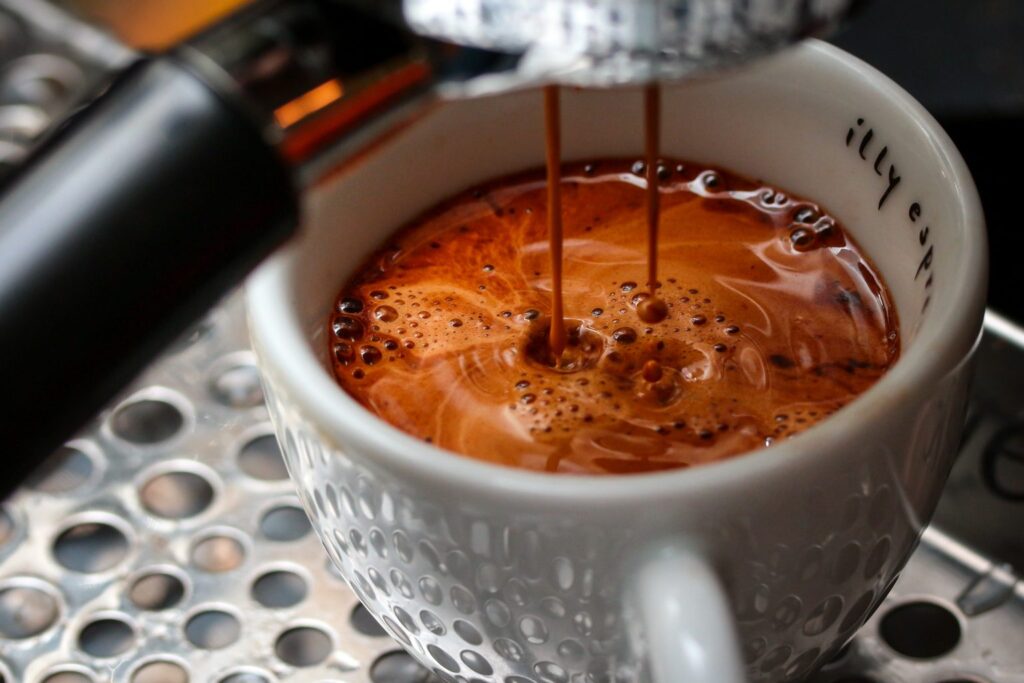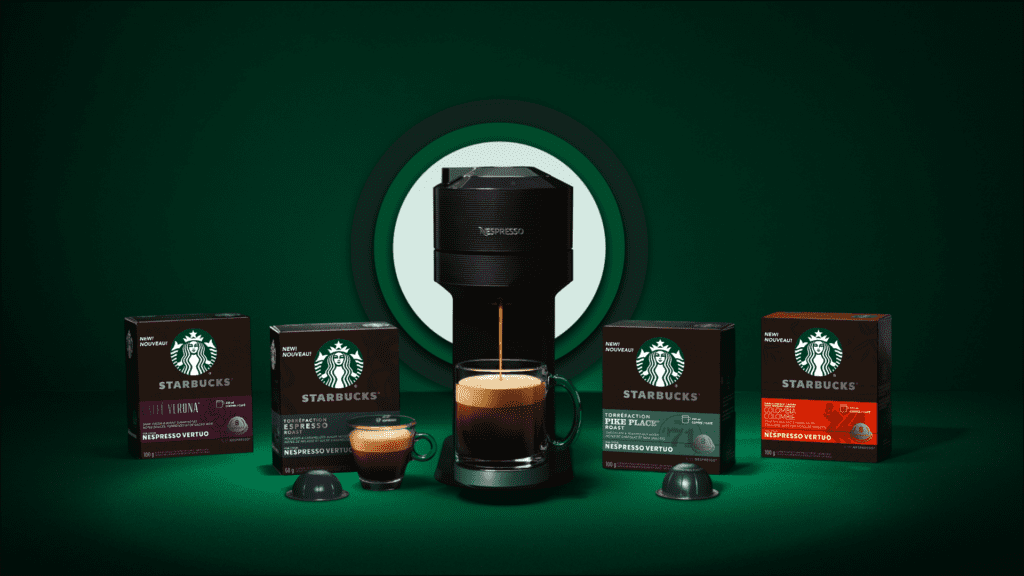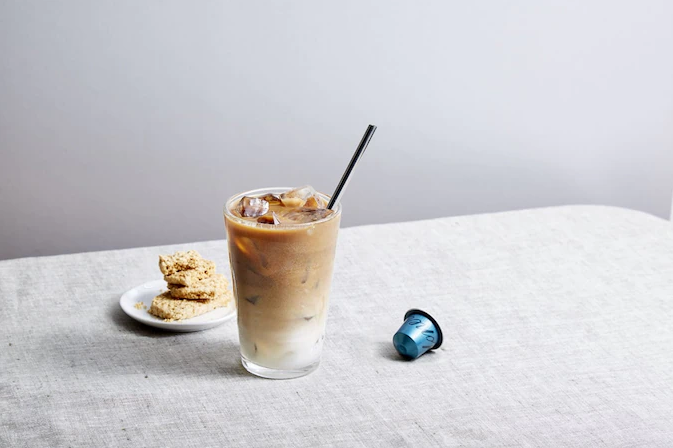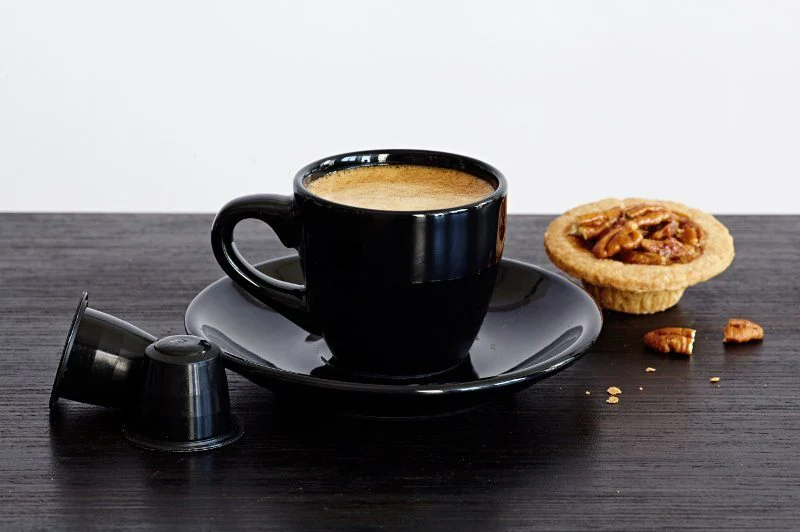By Jose Luis Surjan | Espresso & Latin Food Expert
Espresso is often seen as the heart and soul of coffee culture—but what actually makes it so different from regular coffee? Is it the bean? The grind? The machine? The truth is, espresso is more than just a shot of caffeine—it’s a precise craft that combines pressure, heat, and technique to extract the boldest, most flavorful essence of coffee.
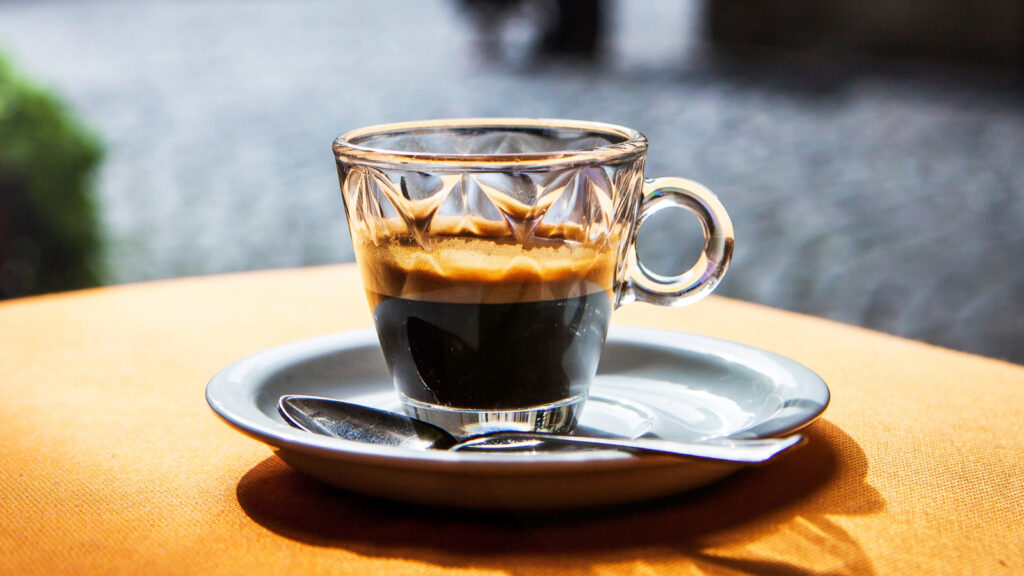
In this guide, we’re diving deep into what is espresso coffee and how is It defined, how it compares to other brewing methods, and why it holds such a special place in the world of specialty coffee.
Understanding Espresso: Definition and Origins
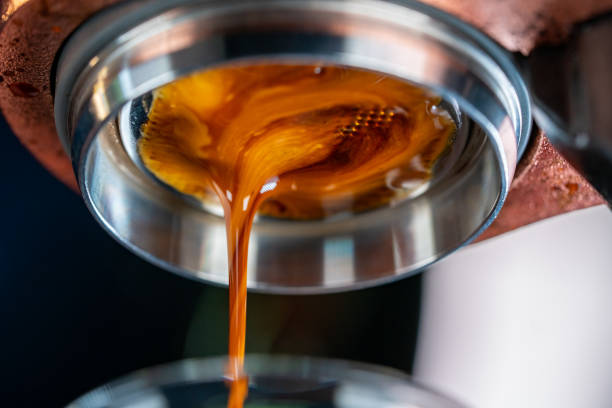
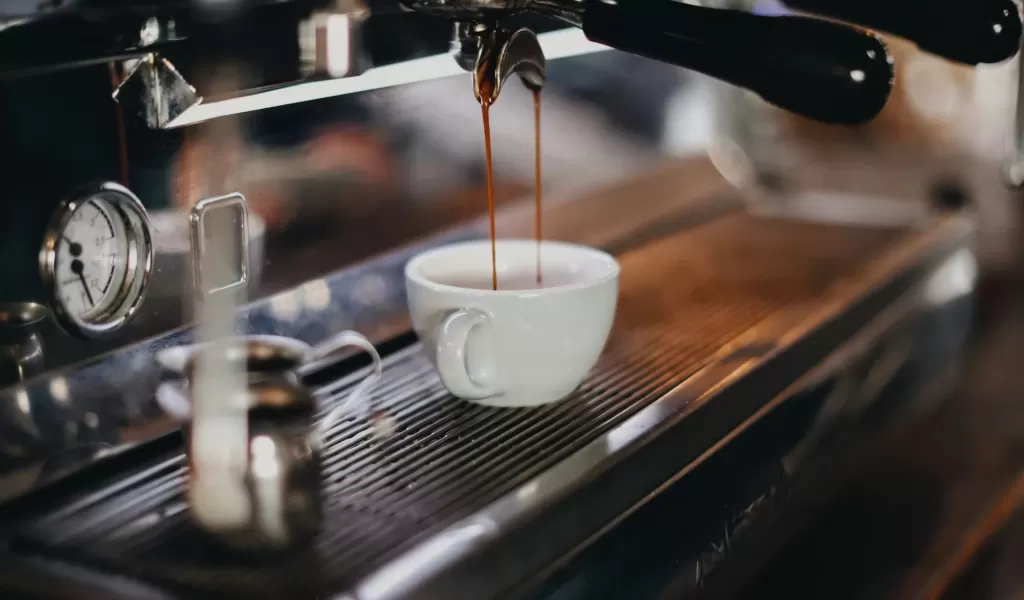
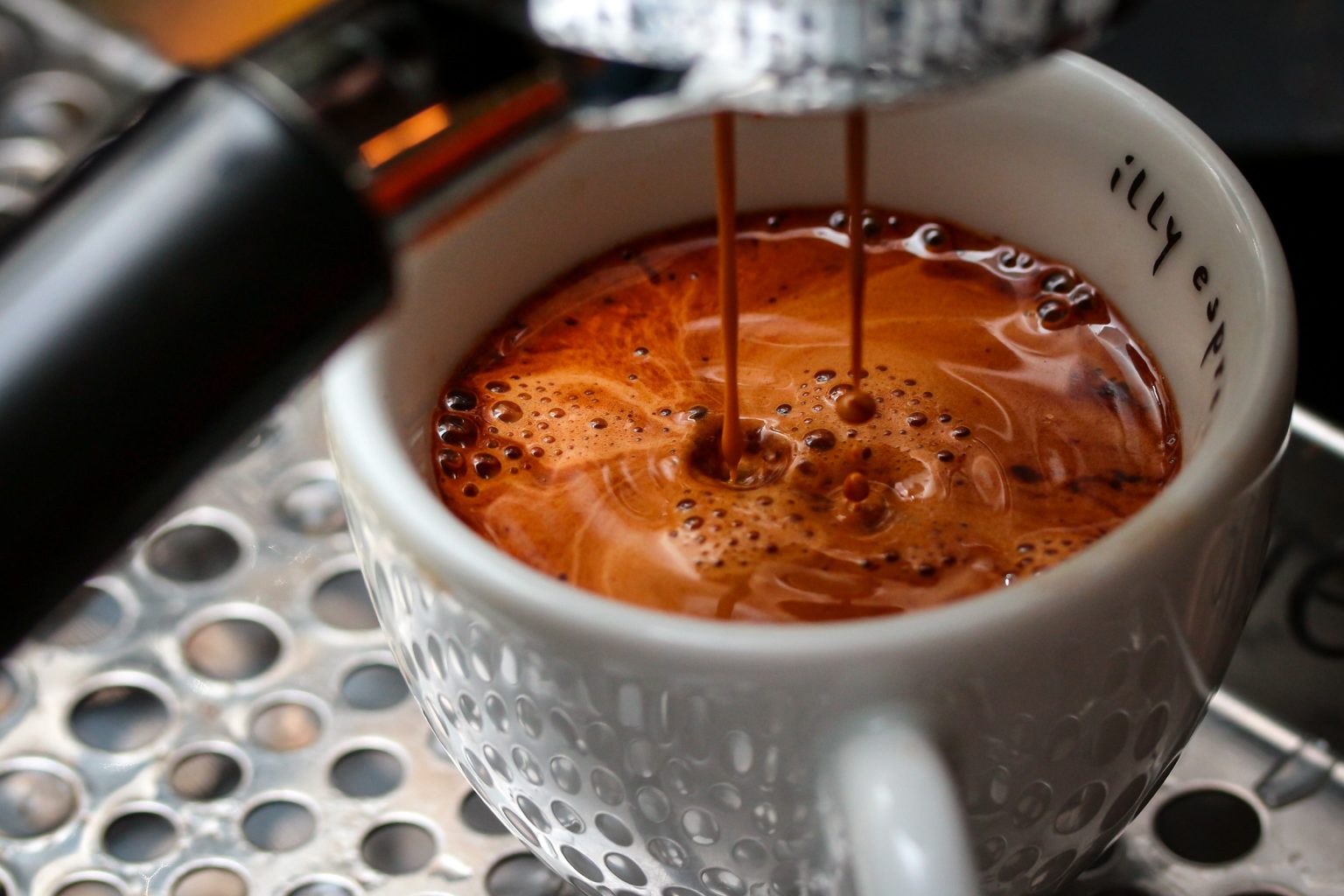
What Is Espresso Coffee and How Is It Defined?
Espresso is a brewing method where nearly boiling water is pushed through finely ground coffee at around 9 bars of pressure. The result? A highly concentrated shot—rich in body, bold in flavor, and topped with a golden layer of crema.
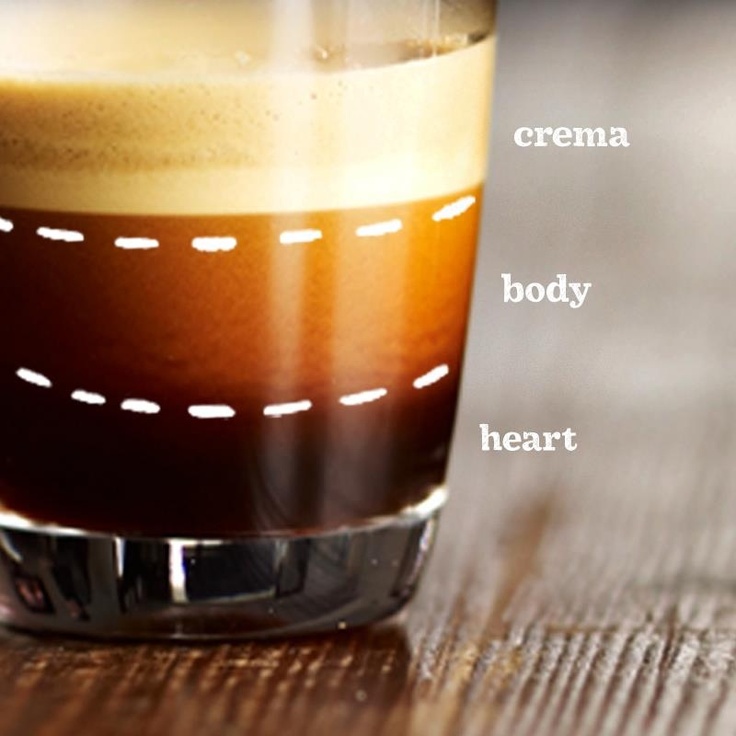
What makes espresso special is the balance between speed and pressure. This high-pressure extraction captures the coffee’s oils, acids, and soluble compounds rapidly, delivering intensity in just 25–30 seconds.
A Brief History of Espresso
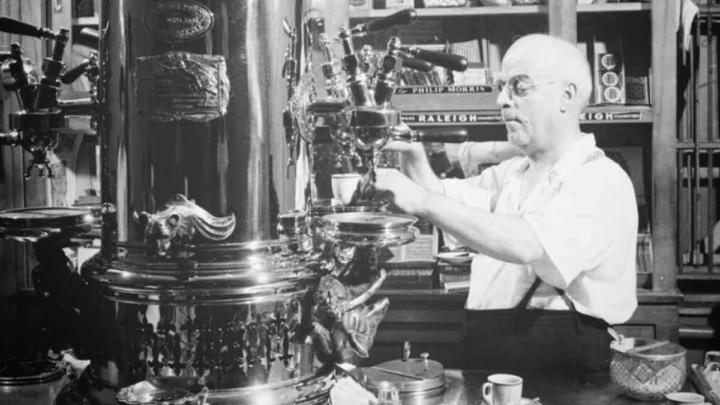
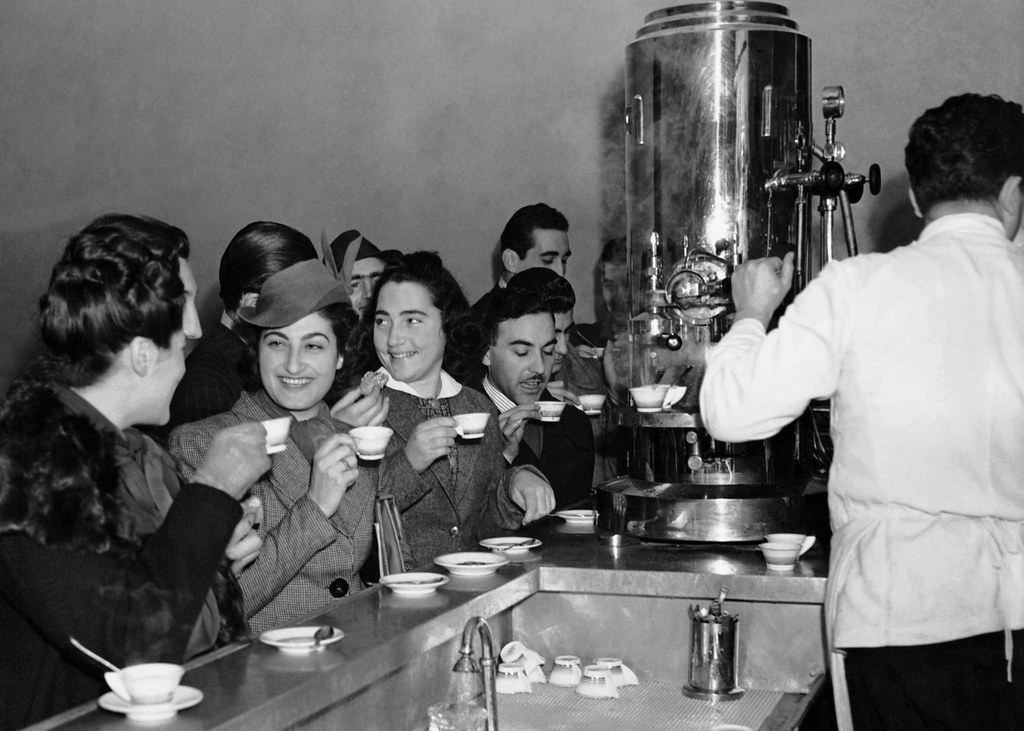
Espresso dates back to Italy in the early 1900s, with Luigi Bezzera’s invention of a steam-powered brewer. In 1938, Achille Gaggia brought the innovation of lever-driven machines, which used mechanical pressure instead of steam—ushering in the modern espresso era.
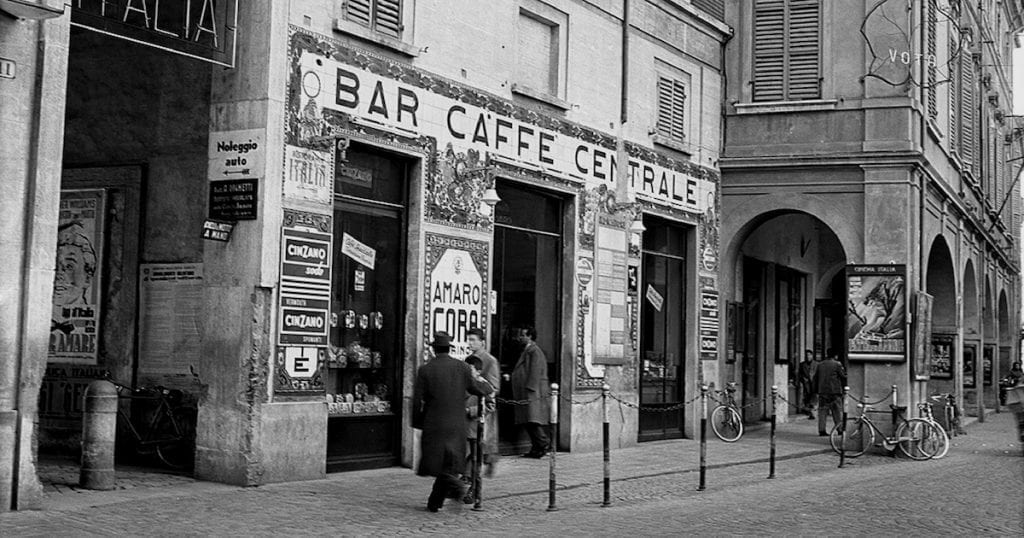
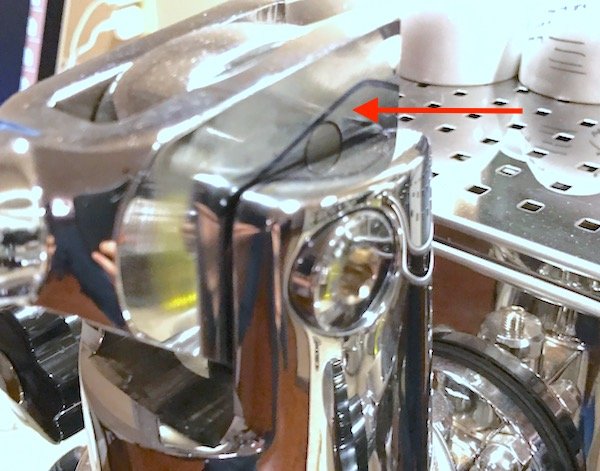
Espresso vs Regular Coffee: Key Differences
| Type | Volume | Caffeine (approx.) | Strength |
|---|---|---|---|
| Espresso | 1 oz | 63 mg | High |
| Drip Coffee | 8 oz | 95–120 mg | Medium |
| Cold Brew | 8 oz | 100–200 mg | Medium |
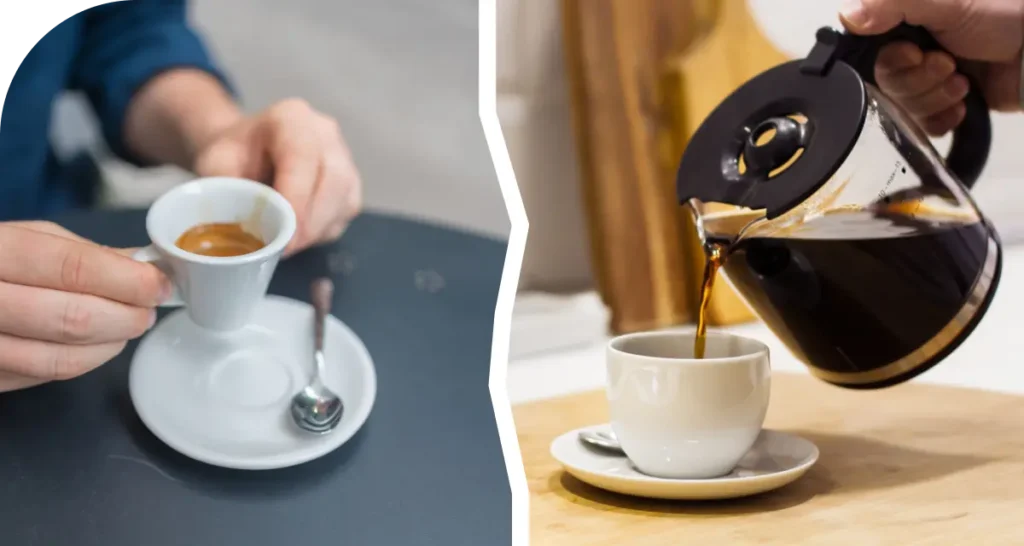
Brewing Method Comparison
Espresso is brewed using 9 bars of pressure, fine coffee grounds, and a compacted coffee puck. Drip coffee uses gravity, medium-coarse grind, and a longer brew time (4–6 minutes).
Pressure and Extraction Time
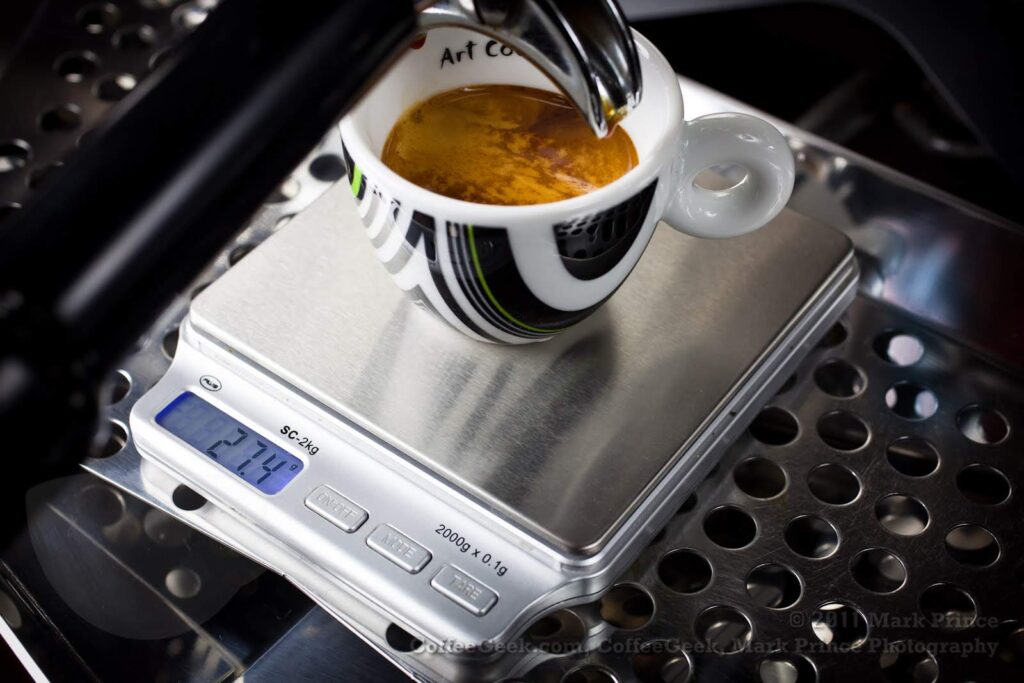
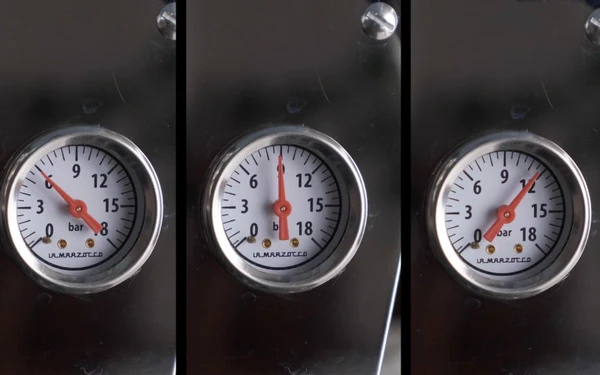
The pressure extracts oils, sugars, and acids from the coffee very quickly, yielding a more intense drink. Drip coffee, by contrast, gives a milder flavor and less body due to its slower process.
Grind Size and Water Ratio
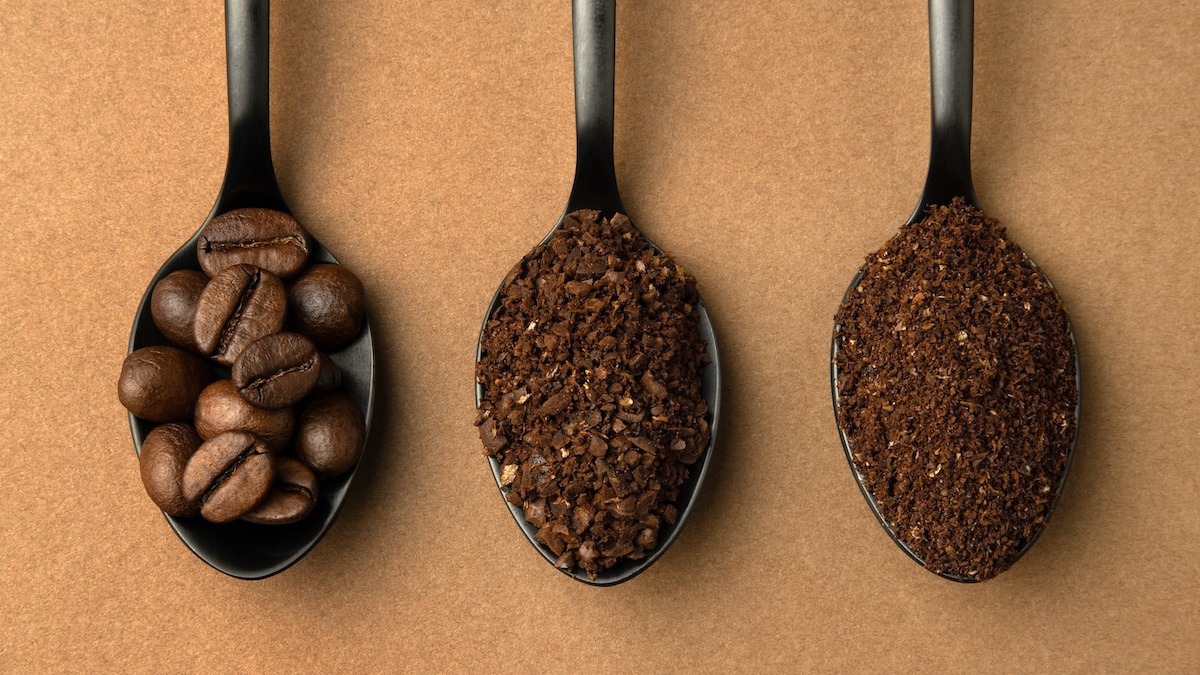
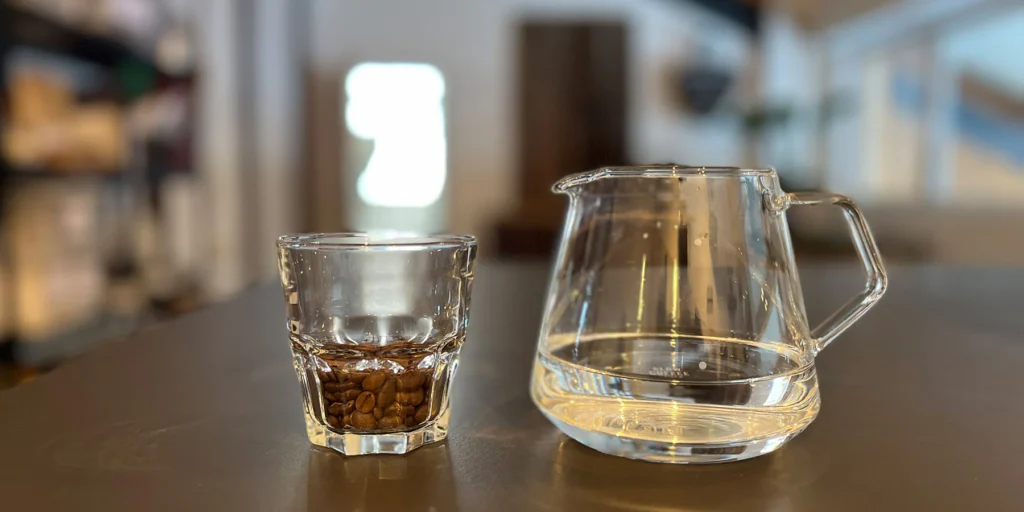
Espresso uses a fine grind and tight water ratio (typically 1:2), while regular coffee uses a coarser grind and a 1:15 or 1:17 water-to-coffee ratio. These differences have a big impact on flavor and mouthfeel.
Flavor and Texture Distinctions
Espresso is thick, syrupy, and complex, with a strong aroma and a crema top. Drip coffee is lighter and cleaner, often missing the oils and body that define espresso.
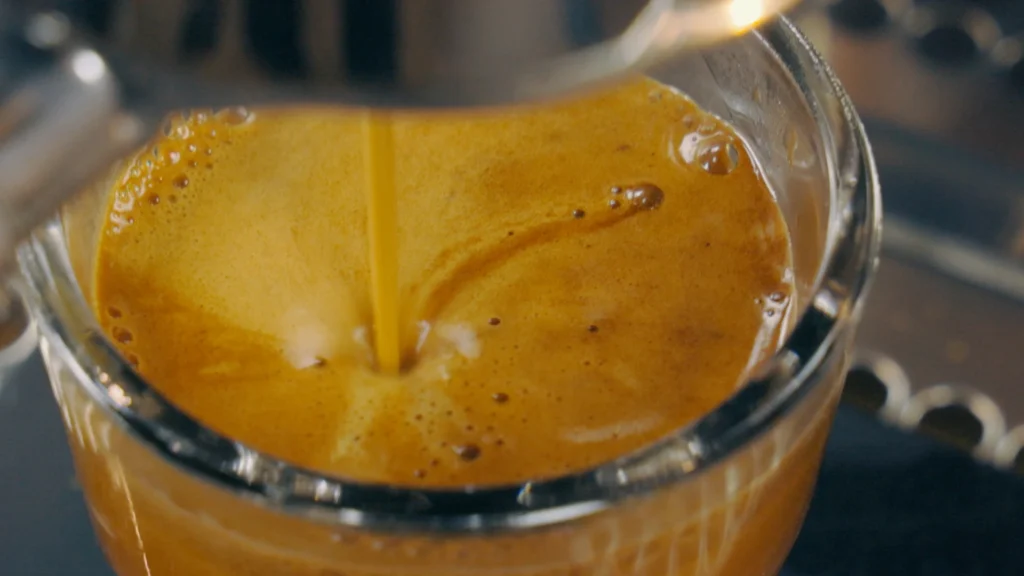
The Science Behind Espresso Extraction
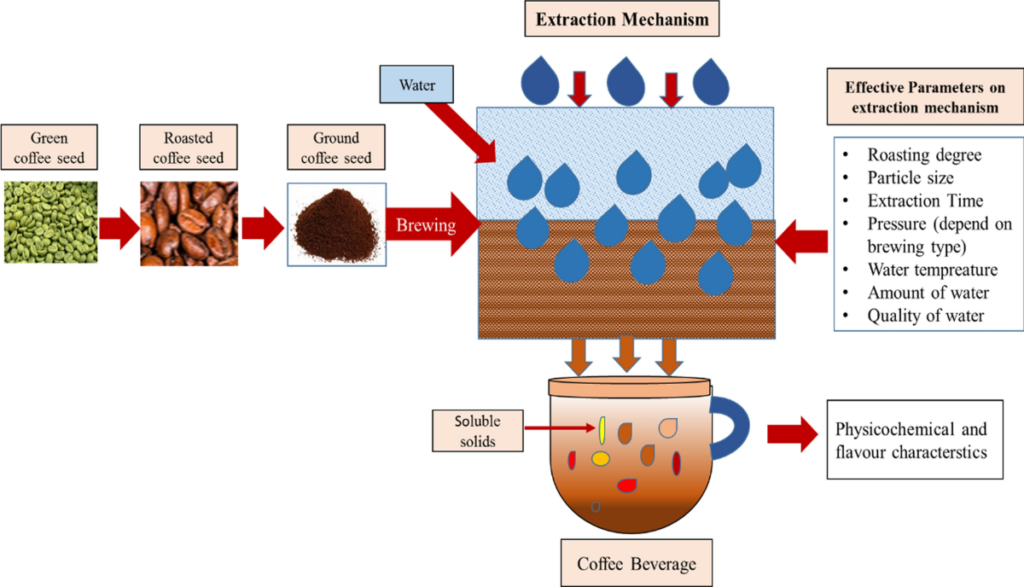
How Solubles and Oils Create the Signature Taste
Espresso captures:
- Lipids and oils (body and crema)
- Acids like malic and citric (acidity and brightness)
- Bitter compounds from the Maillard reaction (depth)
- Sugars and proteins (sweetness and umami)
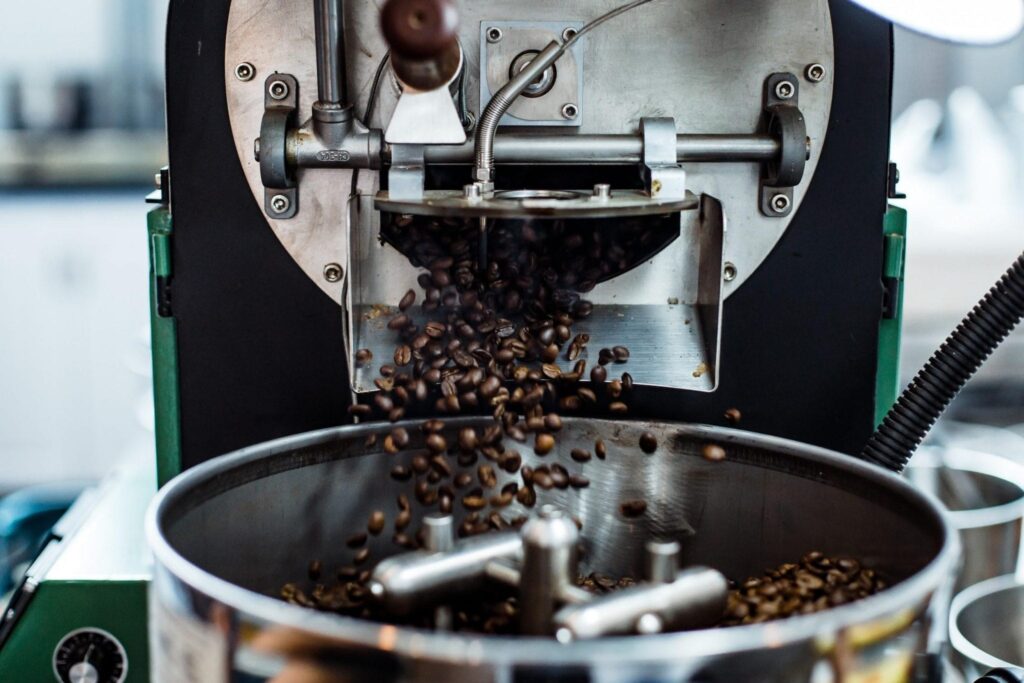

This extraction happens in seconds and requires precise grind size, brew ratio, and water temperature to avoid over- or under-extraction.
Espresso in the Specialty Coffee World
In the third-wave coffee scene, espresso is seen as the ultimate test of a barista’s skill and a coffee’s potential. Today’s machines offer pre-infusion, PID temperature control, and customizable pressure curves—all in pursuit of a perfect, expressive shot.
Roasters now design espresso blends with traceable origin, ethical sourcing, and a flavor-first approach.
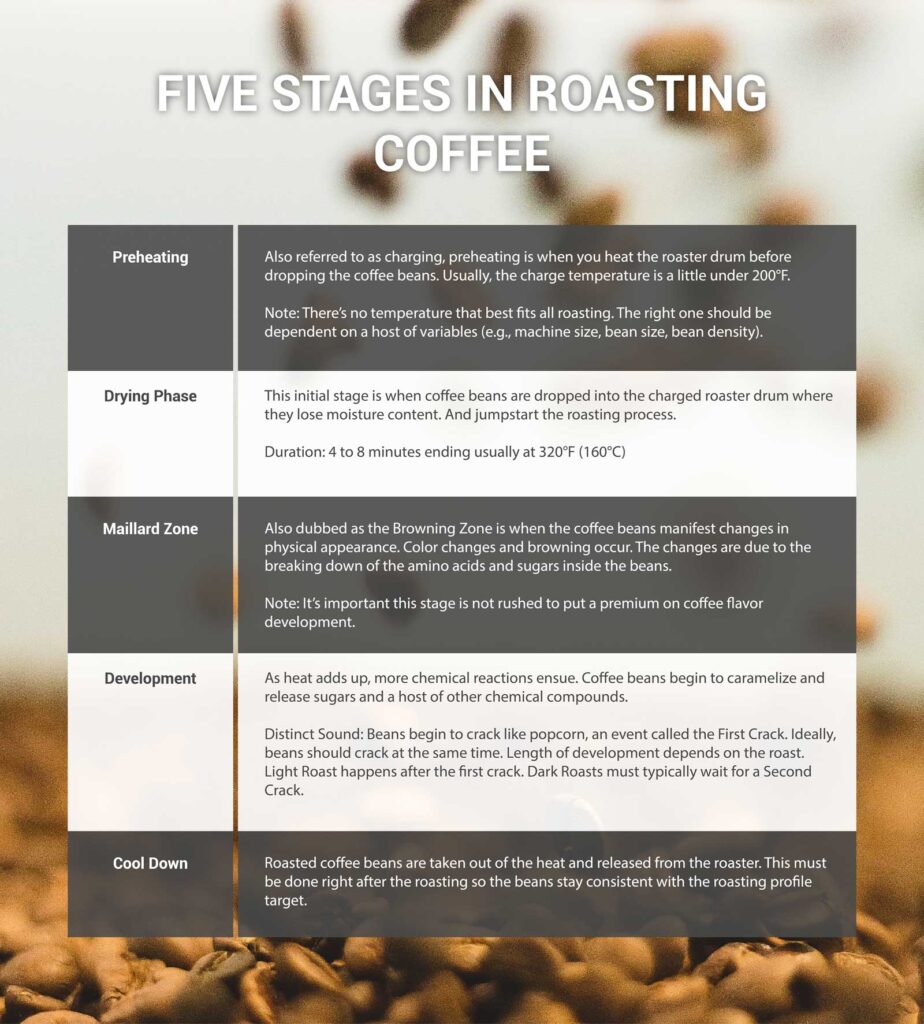
Why People Love Espresso
Espresso appeals to those who want flavor, speed, and versatility. It’s the base for dozens of drinks, but it’s also a ritual—grinding, tamping, timing, and dialing in the perfect shot. For many, it’s a daily obsession.
Plus, espresso offers more control. You can tweak pressure, temperature, grind size, and brew time to suit your taste.
Conclusion
Espresso is more than a brewing method—it’s a craft rooted in precision, heritage, and flavor engineering. With the right tools and technique, a single ounce of espresso can tell a complete story—from origin and roast to brew and bloom.
Whether you’re a beginner or a seasoned home barista, understanding what espresso is—and what it’s not—empowers you to brew with confidence.
Written by Jose Luis Surjan
Espresso & Latin Food Expert

